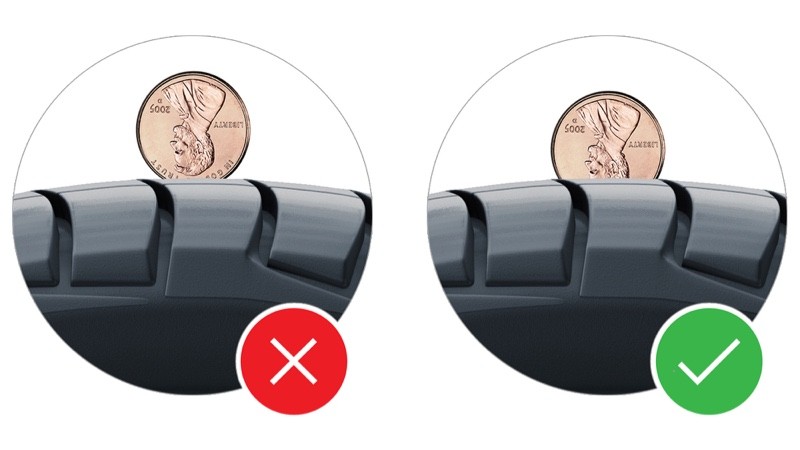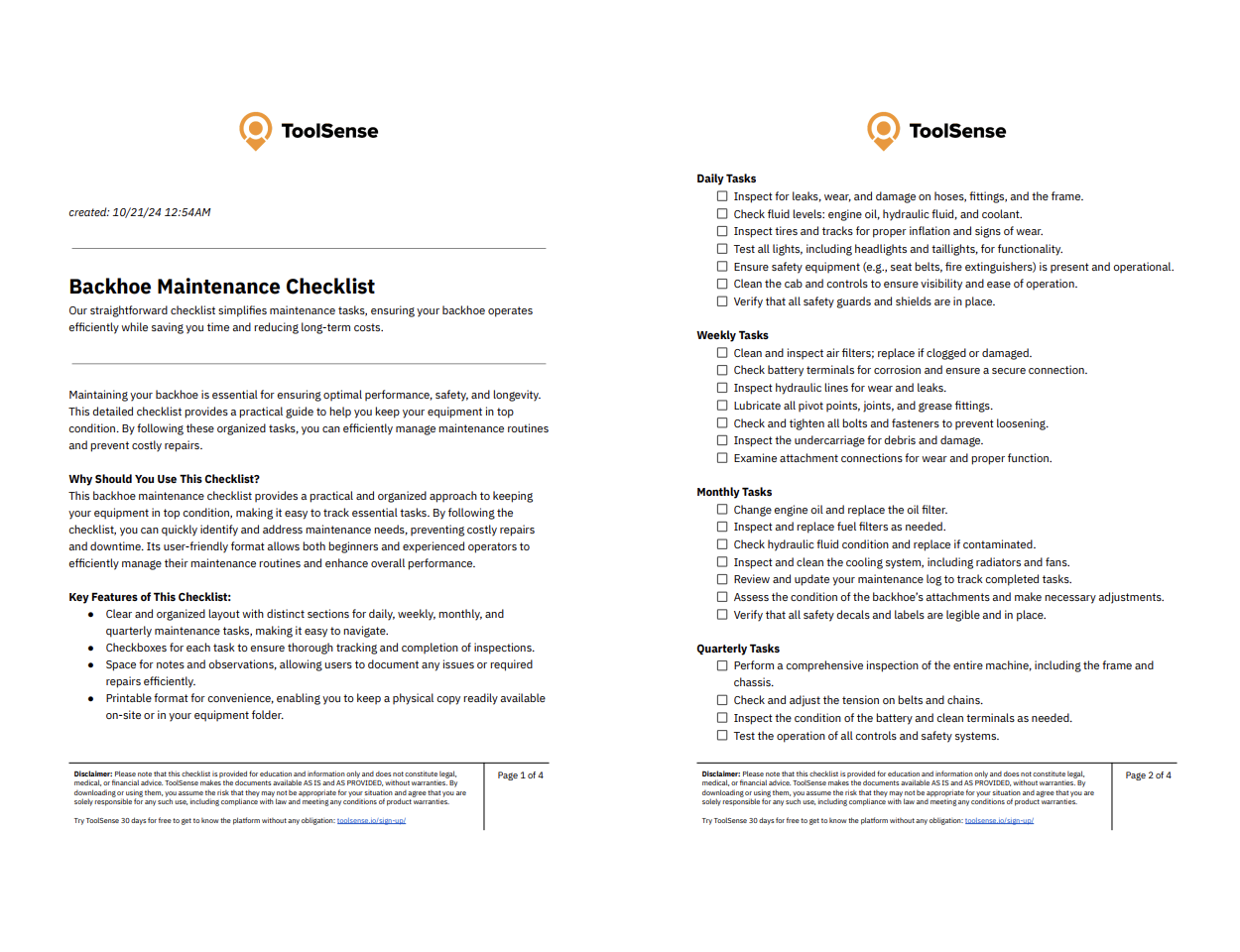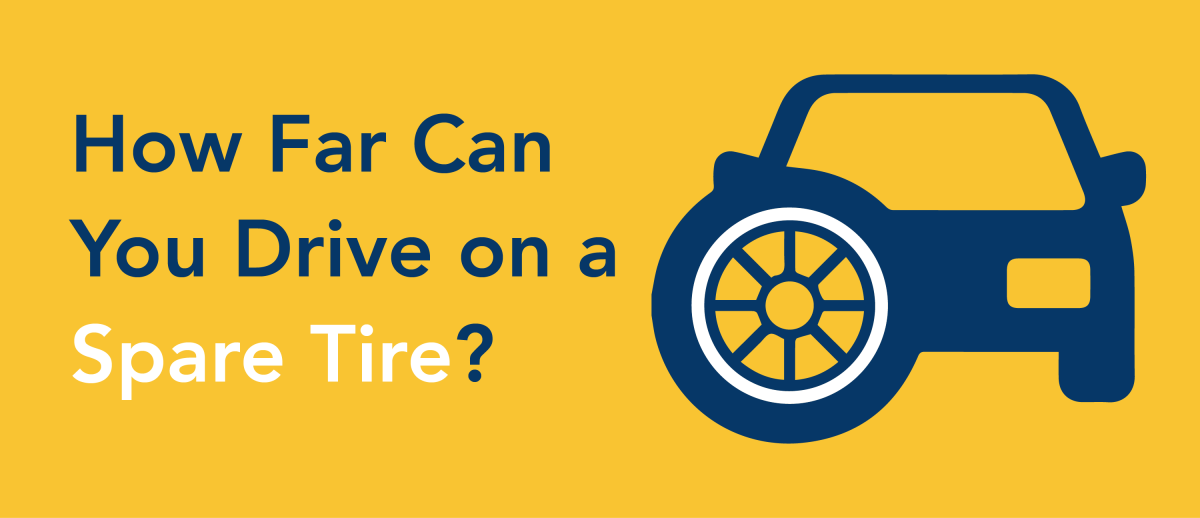Yes, you can replace just one tire, but it’s not always ideal. Safety and performance can be affected if not done correctly.
Replacing a single tire may seem convenient and cost-effective. However, it can impact your vehicle’s handling and safety. Matching the new tire with the remaining three is crucial. Tread depth, tire type, and wear pattern should align closely. Uneven tires can lead to imbalanced performance, reduced traction, and potential safety risks.
In this blog post, we will explore the factors to consider when replacing only one tire. You’ll learn about the importance of maintaining balanced tires and how to ensure your vehicle remains safe and performs well. Let’s dive into what you need to know before making this decision.
Introduction To Tire Replacement
Tire replacement is a crucial aspect of vehicle maintenance. Knowing when and how to replace your tires can impact safety and performance. This section will guide you through the basics of tire replacement.
Importance Of Tires
Tires are the only part of the car that touches the road. They play a vital role in the vehicle’s handling, braking, and overall safety. Well-maintained tires can help prevent accidents.
Worn-out tires can lead to dangerous situations. They reduce traction, especially in wet conditions. This can cause your car to slide, leading to loss of control.
Properly inflated tires improve fuel efficiency. They also extend the life of your tires, saving you money in the long run.
Common Reasons For Tire Replacement
There are several reasons why you might need to replace a tire:
- Wear and tear: Over time, tires wear down. The tread depth decreases, reducing traction.
- Damage: Punctures, cuts, or sidewall damage can make a tire unsafe to use.
- Age: Tires degrade over time, even if they look fine. Most manufacturers recommend replacing tires every six years.
- Uneven wear: Misalignment or improper inflation can cause uneven wear. This can lead to poor handling and safety issues.
In some cases, you might consider replacing just one tire. This can be a cost-effective solution. But it’s important to match the new tire with the existing ones. Mismatched tires can affect handling and safety.
Always consult with a professional before making a decision. They can help you choose the best option for your vehicle.

Credit: www.bridgestoneamericas.com
Single Tire Replacement: Is It Safe?
Replacing just one tire might seem like a quick fix. But is it safe? This question often comes up when one tire is damaged. Let’s dive into the factors that influence the safety and performance of a single tire replacement.
When It’s Acceptable
Sometimes, replacing one tire is okay. Here are some instances:
- Minimal Wear: If the other tires are almost new, replacing one tire may be fine.
- Matching Tread: The new tire should match the tread pattern and depth of the existing tires.
- Same Brand and Model: It’s best if the new tire is the same brand and model as the old ones.
In these cases, replacing one tire is usually safe. Yet, it’s important to consider potential risks.
Potential Risks
Replacing just one tire can lead to issues. Here are some risks:
- Uneven Tread Wear: Different tread depths can affect vehicle handling and stability.
- Imbalance: One new tire can cause an imbalance in the vehicle, leading to uneven wear.
- Traction Issues: Different tires may have varying levels of traction, especially in poor weather conditions.
These risks can compromise safety. Always consult a professional before making a decision.
Impact On Vehicle Performance
Replacing just one tire on your vehicle may seem convenient. But it can significantly affect your vehicle’s performance. Understanding the potential impact on handling, stability, braking, and traction is crucial for maintaining safety on the road. Let’s delve into the specific areas where performance can be compromised.
Handling And Stability
Handling and stability are vital for a smooth and safe drive. A single new tire can create an imbalance. This imbalance occurs because the new tire has different tread depth and traction compared to the other three. The result? Uneven wear and unpredictable handling.
For example, during sharp turns or sudden maneuvers, the vehicle may not respond as expected. This can lead to dangerous situations, especially in adverse weather conditions. Ensuring all four tires have similar wear levels helps maintain optimal handling and stability.
Braking And Traction
Braking and traction are essential for safe stopping distances. A new tire with deeper tread can grip the road better than worn tires. This difference affects how the vehicle stops during emergency braking.
Consider this: if one tire has better traction, it can cause uneven braking. This uneven braking can lead to skidding or loss of control. Consistent traction across all tires ensures even braking performance, reducing the risk of accidents.
Additionally, traction affects how well your vehicle handles wet or slippery roads. Mismatched tires can lead to hydroplaning, where the vehicle loses grip on the road. This is especially dangerous at high speeds.
Maintaining uniform tires enhances overall safety and performance. It ensures your vehicle handles predictably and stops effectively in all conditions.
Matching Tires: Why It Matters
When replacing a tire, ensuring it matches the others is crucial. It impacts your vehicle’s safety and performance. Matching tires provide consistent handling and braking. Mismatched tires can lead to uneven wear and reduced traction.
Tread Patterns
Tread patterns affect how your car grips the road. Different tread designs serve different purposes. Some are designed for wet conditions, while others are for dry roads. If one tire has a different tread pattern, it can cause imbalance. This imbalance can make the car harder to control. Always check the tread pattern before buying a replacement tire.
Tire Wear And Age
Tire wear and age play a big role in safety. Even if a tire looks fine, it can be old and unsafe. Tires have a lifespan, usually six to ten years. An old tire can have cracks and weak spots. Wear also matters. A new tire will have deeper tread than a worn one. Uneven tread depth can lead to slipping and sliding. Always measure the tread depth of your tires. Use a tread depth gauge to be sure.
| Factor | Importance |
|---|---|
| Tread Pattern | Ensures even grip and control |
| Tire Age | Older tires are less reliable |
| Tread Depth | Different depths cause imbalance |
Matching tires is not just about looks. It’s about safety and performance. Always consider tread patterns, wear, and age.
Front Vs. Rear Tires: Replacement Considerations
Replacing just one tire can be tricky. It can affect your car’s safety and performance. Knowing where the tire is located matters. The front and rear tires have different roles. Let’s explore what you need to know.
Front Wheel Drive Vehicles
Front wheel drive (FWD) vehicles rely on front tires for power and steering. These tires wear out faster. Replacing a single front tire can cause issues. Different tread depths can lead to uneven wear and handling problems.
| Consideration | Impact |
|---|---|
| Power Distribution | Front tires handle most of the power. Matching tread is crucial. |
| Steering | Front tires also control steering. Uneven tires can affect control. |
| Wear and Tear | Front tires wear out faster. Replace both for balanced wear. |
Rear Wheel Drive Vehicles
Rear wheel drive (RWD) vehicles use rear tires for power. Front tires handle steering. Replacing one rear tire can lead to traction issues. The car might not handle well, especially in poor conditions.
- Traction: Rear tires need good tread for traction. Mismatched tires can slip.
- Handling: Rear tires affect the car’s balance. Uneven wear impacts stability.
- Braking: Rear tires also play a role in braking. Mismatched tires can increase stopping distance.
For both FWD and RWD vehicles, replacing both tires on the same axle is best. This ensures even wear and better performance. Always check the manufacturer’s recommendations for tire replacement.

Credit: toolsense.io
Importance Of Tire Rotation
The importance of tire rotation cannot be overstated. Rotating your tires is crucial for maintaining your vehicle’s safety and performance. It ensures even wear, extends tire life, and can prevent costly repairs. Let’s dive deeper into why this is so vital.
Extending Tire Life
Rotating your tires helps them wear evenly. Tires that wear evenly last longer. This saves you money in the long run. Uneven wear can lead to premature tire replacement. By rotating your tires, you can maximize their lifespan.
| Rotation Frequency | Benefits |
|---|---|
| Every 5,000-7,500 miles | Extends tire life significantly |
| Every oil change | Keeps maintenance schedule simple |
Maintaining Even Wear
Even wear is essential for safe driving. Uneven wear can cause issues. These issues include vibrations, poor handling, and reduced traction. Proper tire rotation helps prevent these problems.
- Improved handling: Evenly worn tires handle better.
- Enhanced safety: Even wear ensures better grip on the road.
- Cost-effective: Reduces the need for early tire replacements.
Rotating your tires is a simple yet effective way to maintain your vehicle. It extends the life of your tires and ensures even wear. By doing this, you can drive safely and save money.
Professional Advice And Inspection
When thinking about replacing just one tire, it’s essential to get professional advice and inspection. This ensures your vehicle remains safe and performs well. Let’s dive into why consulting a tire specialist and regular maintenance checks are crucial.
Consulting A Tire Specialist
Consulting a tire specialist can save you from costly mistakes. Specialists understand the importance of balanced tires. They check if the new tire matches the existing ones. This includes size, tread pattern, and wear. Matching ensures even wear and optimal performance.
Specialists also look at your vehicle’s alignment. Proper alignment prevents uneven wear and extends tire life. They can recommend the best tire for your driving needs. Trust their expertise for a safer ride.
Regular Maintenance Checks
Regular maintenance checks are vital for tire health. Inspect your tires monthly. Look for signs of wear and damage. This includes cracks, bulges, and punctures.
Check tire pressure regularly. Proper inflation improves fuel efficiency and safety. Under-inflated tires wear out faster and can cause blowouts. Rotate your tires every 6,000 to 8,000 miles. Rotation ensures even wear and extends tire life.
Keep an eye on your tire tread. Use a tread depth gauge or the penny test. If the tread is too low, replace the tire. Worn treads reduce traction and increase stopping distance.
| Maintenance Task | Frequency |
|---|---|
| Inspect for wear and damage | Monthly |
| Check tire pressure | Monthly |
| Rotate tires | 6,000 to 8,000 miles |
| Check tread depth | Monthly |
Following these steps ensures your tires last longer. It also keeps you and your passengers safe. Take tire maintenance seriously for a smoother ride.
Cost Considerations
When considering whether to replace a single tire, cost is an essential factor. Let’s explore the financial aspects of tire replacement to help you make an informed decision.
Budgeting For Tire Replacement
Replacing a tire can be unexpected. It’s important to budget accordingly. A single tire may seem cheaper, but there are hidden costs. Here are some considerations:
- Price of the tire: High-quality tires cost more. Budget tires may wear out faster.
- Installation fees: Shops charge to mount and balance tires. This adds to the total cost.
- Alignment costs: New tires might need alignment. This ensures your vehicle runs smoothly.
Consider these expenses when planning for tire replacement. It helps to avoid financial surprises.
Long-term Savings
Replacing just one tire might save money short-term. Yet, it can lead to higher costs over time. Here’s why:
- Uneven wear: Mismatched tires wear out faster. This leads to more frequent replacements.
- Fuel efficiency: New tires improve fuel economy. Uneven tires can reduce it, increasing fuel costs.
- Safety: Even tire wear improves handling. This reduces the risk of accidents and related expenses.
Investing in a full set of tires can save money in the long run. It ensures your vehicle runs efficiently and safely.
Conclusion: Making The Right Choice
Choosing to replace just one tire can seem cost-effective. But it’s important to consider both safety and performance. Making an informed decision will ensure your vehicle remains safe and performs well on the road.
Safety First
Safety should always be the top priority. Replacing only one tire can affect your vehicle’s stability. Mismatched tires can cause uneven wear and tear. This can lead to handling issues and increased risk of accidents.
Consider these safety tips:
- Check the tread depth of all tires.
- Ensure the new tire matches the type and size of the others.
- Monitor the tire pressure regularly.
Ensuring Optimal Performance
Performance is crucial for a smooth driving experience. One new tire can affect your vehicle’s balance. Uneven tires can lead to poor fuel efficiency and increased tire wear.
To maintain optimal performance:
- Match the new tire with the same brand and model.
- Install the new tire on the rear axle, if possible.
- Regularly rotate your tires to ensure even wear.
Remember, while replacing one tire might save money now, it could lead to higher costs later. Ensure both safety and performance are not compromised for short-term savings.

Credit: topdriver.com
Frequently Asked Questions
Can You Replace Just One Tire?
Yes, but it’s not always recommended. Replacing one tire can affect your car’s handling. Ensure the new tire matches the others.
Does Replacing One Tire Affect Safety?
Replacing one tire can affect safety by altering traction and stability. It’s best to replace tires in pairs or all four.
Should You Replace Tires In Pairs?
Yes, replacing tires in pairs ensures even wear and better handling. It helps maintain balance and stability on the road.
Can Mismatched Tires Cause Problems?
Mismatched tires can cause uneven wear, poor handling, and reduced safety. Ensure all tires are of the same type and condition.
Conclusion
Replacing only one tire can impact safety and performance. Always consider tread depth. A single new tire can cause imbalance. It can lead to uneven wear. Better to replace two or all four. This ensures stability and safety. Consult a professional for best advice.
Your safety on the road matters most. Drive safe and maintain your tires well.